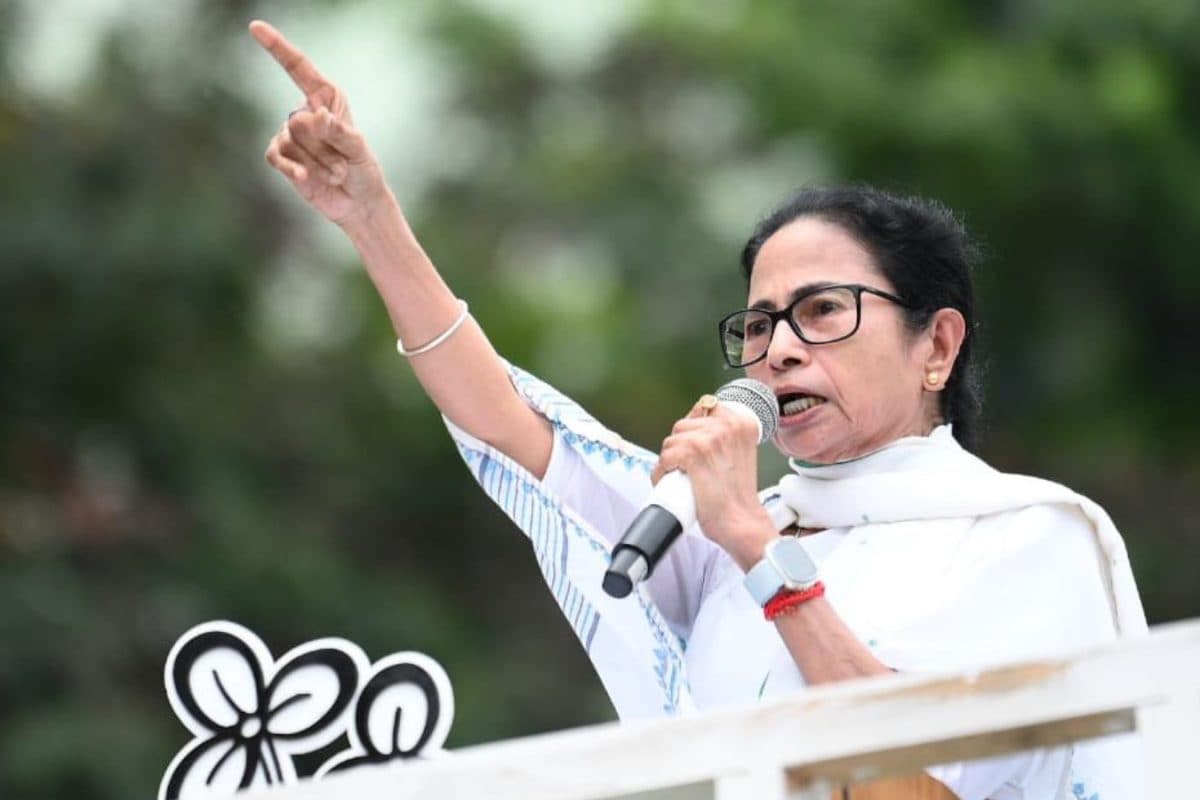

Mamata Banerjee's recent announcement of a "Durga Angan" project in West Bengal is being interpreted by some analysts as a strategic move to counter the BJP's growing emphasis on Hindu nationalist sentiments, particularly their use of slogans like "Jai Ma Kali". This initiative, revealed during a Shaheed Diwas rally, is seen as an attempt by the Chief Minister to reassert her party's connection with Bengal's cultural identity and to address what she perceives as the BJP's intrusion upon the state's unique ethos.
The "Durga Angan," envisioned as a space similar to the Jagannath Dham in Digha, is laden with symbolic significance. Durga Puja, a major festival in West Bengal, is not merely a religious event but a cultural phenomenon deeply embedded in the region's identity. By creating a dedicated space centered around the Goddess Durga, Banerjee's government can be seen to be proactively embracing and celebrating this integral aspect of Bengali culture. This move could be aimed at subtly countering the BJP's narrative, which sometimes is viewed as originating from outside the state, and positioning the TMC as the true custodian of Bengali traditions.
Banerjee has consistently accused the BJP of being "anti-Bengali," particularly highlighting what she sees as the party's disregard for the Bengali language and the detention of Bengali-speaking migrants in other states. During the rally, Banerjee asserted the importance of Bengali language and culture, reminding the BJP of Bengal's rich literary and cultural heritage. The "Durga Angan" can be viewed as a further extension of this stance, reinforcing Bengali pride and identity in the face of perceived threats.
The move also comes in the backdrop of the TMC government's existing support for Durga Puja committees in the state. For years, the state government has been providing financial assistance to these committees, a practice that has, at times, drawn criticism from the BJP. However, Banerjee has defended this support, stating that the funds are used to generate awareness about the government's welfare schemes and to support community development. The "Durga Angan" could be seen as a more permanent and visible manifestation of this support, further solidifying the TMC's association with the festival and its cultural significance.
Furthermore, analysts suggest that Banerjee's move is a direct response to the BJP's attempts to appropriate Hindu religious symbols and slogans for political gain. The BJP's increasing use of "Jai Ma Kali" has been interpreted by some as an attempt to consolidate Hindu votes, a strategy that the TMC is keen to counter. By creating a space dedicated to Durga, Banerjee is not only embracing a central figure in Bengali culture but also subtly reclaiming the narrative around Hinduism in the state.
In essence, the "Durga Angan" initiative is a multifaceted strategy. It is a cultural statement, a political countermove, and a reaffirmation of Bengali identity. Whether it will effectively resonate with the masses and successfully counter the BJP's influence remains to be seen, but it undeniably signals a significant shift in the political discourse of West Bengal, with culture and identity taking center stage.